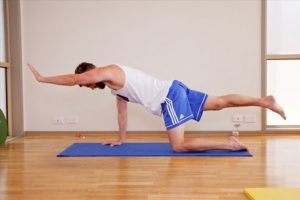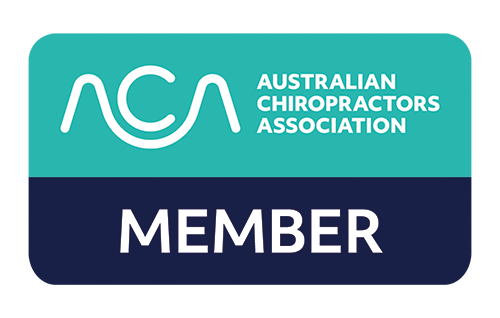 We live in a world built for sitting—desk jobs, long commutes, and hours spent scrolling or watching TV. But all that sitting is taking a serious toll on our backs. In fact, some experts say prolonged sitting is as harmful to your health as smoking.
We live in a world built for sitting—desk jobs, long commutes, and hours spent scrolling or watching TV. But all that sitting is taking a serious toll on our backs. In fact, some experts say prolonged sitting is as harmful to your health as smoking.
When we sit for too long, especially with poor posture, it compresses the spine, tightens hip flexors, and weakens the muscles that support upright posture. This leads to lower back pain, neck tension, and even headaches. Over time, it can also cause spinal misalignments that affect your mobility and overall well-being.
The good news? A few simple habits can make a big difference. Try standing up and moving around every 30–60 minutes. Stretch your hips, roll your shoulders, and take a short walk when possible. If you work at a desk, consider using a standing desk or an ergonomic chair to support your spine’s natural curves.
Regular chiropractic adjustments can help reverse the damage done by prolonged sitting. They restore proper alignment and improve mobility, so your body functions the way it was meant to—even in a world that keeps us seated.
If your back is feeling the effects of long hours at a desk, we’re here to help. Book an appointment and give your spine the support it deserves.
Stay Healthy,
Jacob Augimeri

 You hit the gym, go for a run, or try a new fitness class—and the next day, your back is sore. But is that normal muscle fatigue, or a sign of something more serious?
You hit the gym, go for a run, or try a new fitness class—and the next day, your back is sore. But is that normal muscle fatigue, or a sign of something more serious? Back pain is one of the most common reasons people miss work, stop exercising, or reach for painkillers. Whether it’s from sitting too long, lifting poorly, or just stress, your back takes the hit. But here’s the good news: movement is medicine. These five easy exercises can help relieve pain, improve posture, and keep your spine happy.
Back pain is one of the most common reasons people miss work, stop exercising, or reach for painkillers. Whether it’s from sitting too long, lifting poorly, or just stress, your back takes the hit. But here’s the good news: movement is medicine. These five easy exercises can help relieve pain, improve posture, and keep your spine happy. Staying strong after 50 doesn’t mean hitting the gym hard — it means moving smarter. These 5 simples, chiropractor-approved exercises are designed to keep your joints happy, your posture tall, and your body strong for the long run.
Staying strong after 50 doesn’t mean hitting the gym hard — it means moving smarter. These 5 simples, chiropractor-approved exercises are designed to keep your joints happy, your posture tall, and your body strong for the long run. You hit the gym, go for a run, or try a new fitness class—and the next day, your back is sore. But is that normal muscle fatigue, or a sign of something more serious?
You hit the gym, go for a run, or try a new fitness class—and the next day, your back is sore. But is that normal muscle fatigue, or a sign of something more serious? INTRO:
INTRO:
